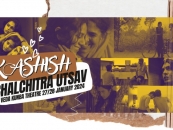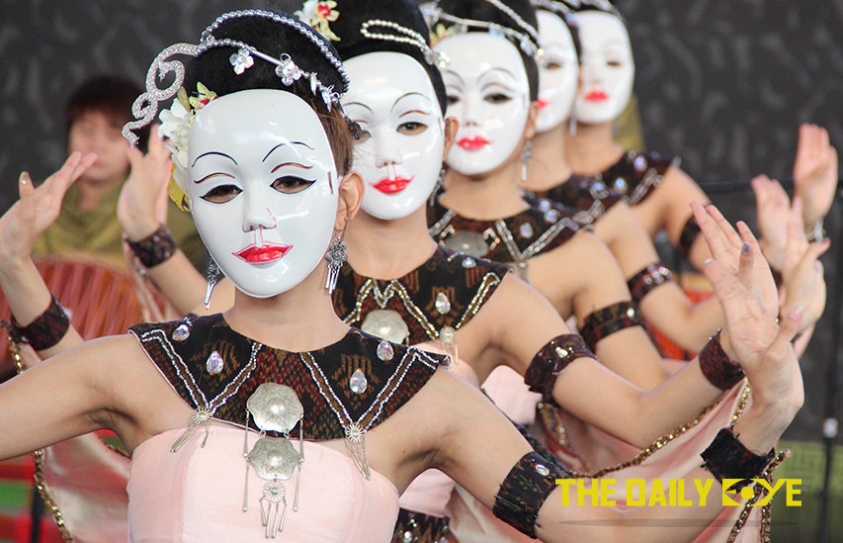
India is not the only country rich with festivals - South Korea is no less!
by Yash Saboo September 30 2017, 6:49 pm Estimated Reading Time: 2 mins, 40 secsKorea has a lot to offer with its varied culture, history, and tradition. For short-term visitors to South Korea, there's no better way to appreciate the country's true character than to witness one of its many colourful festivals. Spring and fall are lively seasons in Korea, where almost every weekend there is a festival going on somewhere in the country. Some, such as the Andong International Mask Festival, are large affairs that attract people from all over South Korea. Others, such as the Tea Festival in Boseong, are local celebrations that you might come across while traveling the countryside.

People, when they attend a festival there, will find that Koreans are downright sociable. While attending a festival, it’s likely you’ll be offered a sip of soju (a Korean alcoholic drink typically made from rice or sweet potatoes) from some grandfather’s bottle, or maybe a brightly dressed ajumma, a married woman will ask you to sit and enjoy a plate of kimbap, a Korean dish.
Here are the three major festivals of South Korea. Each festival is unique in its own way and full of colour and happiness.
Gimje Horizon Festival: The festival is held at the site of the Gimje Byeokgolje Reservoir, which was built in the fourth century. It aims to show the importance of Korea’s farming culture, which is a foundation of the nation, with the theme of the sky and land meeting at the horizon. Guests can see an exhibit about that myth at the nearby Byeokgolje Museum of Agricultural Culture, which houses ancient rice-harvesting tools and other artefacts from Korean agricultural history. In fact, it brings to mind, the state or county fairs in the U.S., with kids' play areas and food stalls representing various world cuisines, from shawarma to hot dogs.
Jinju Namgang Yudeung Festival: The highlights of the festival are the floating lanterns carrying personal wishes of the citizens along the Namgang River, and the parade of lanterns created by the students themselves. In addition to the fortress display, illuminated works inspired by pop culture and folk tales from around the world are anchored in the placid waters of the Namgang River.
Andong Mask Dance Festival: This is the largest and arguably the most ambitious of the festivals held in Andong area which is considered the capital of Korean traditional culture, with the theme of mask and mask dance. Andong’s culture and religions have great value for remaining over the years with the various cultures intact. Therefore, Andong is the region which has the most of the cultural heritage and boasts the beauty of the East alike.
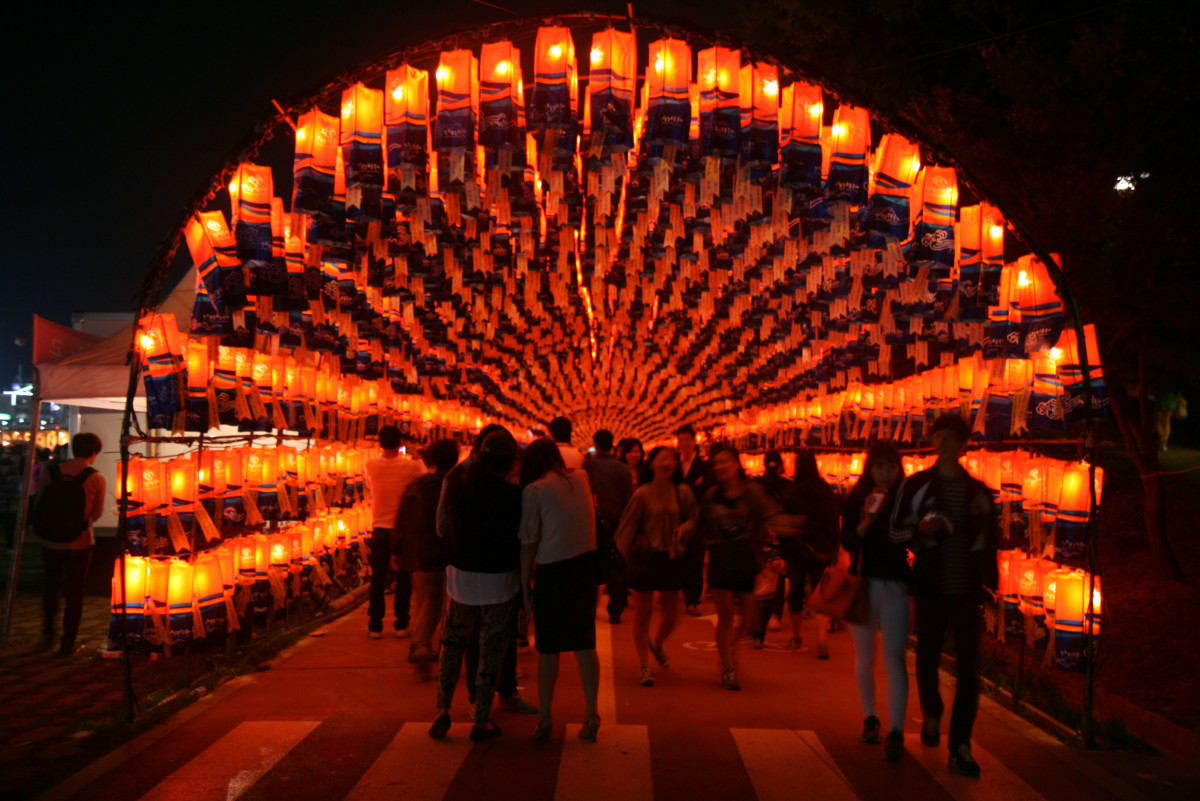
There are other festivals throughout the year which give an insight into the culture of Korea.
Sancheoneo Ice Festival in wintertime offers opportunities to ice-fish for freshwater trout in the Hwacheon Stream.
In the spring, the Traditional Chasabal Festival in Mungyeong celebrates that city's trademark chasabal tea bowls.
Gangjin Celadon Festival commemorates Gangjin's legacy as a producer of high-end pottery in the summer and the Boryeong Mud Festival, where celebrants get down and dirty at the Mud Super Slide, Hip Hop and Global Rave Party and other events on Daecheon Beach.




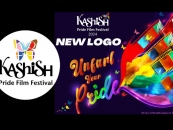
-173X130.jpg)
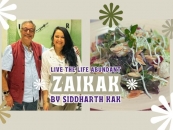
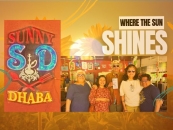
-173X130.jpg)
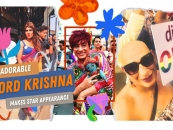
-173X130.jpg)
